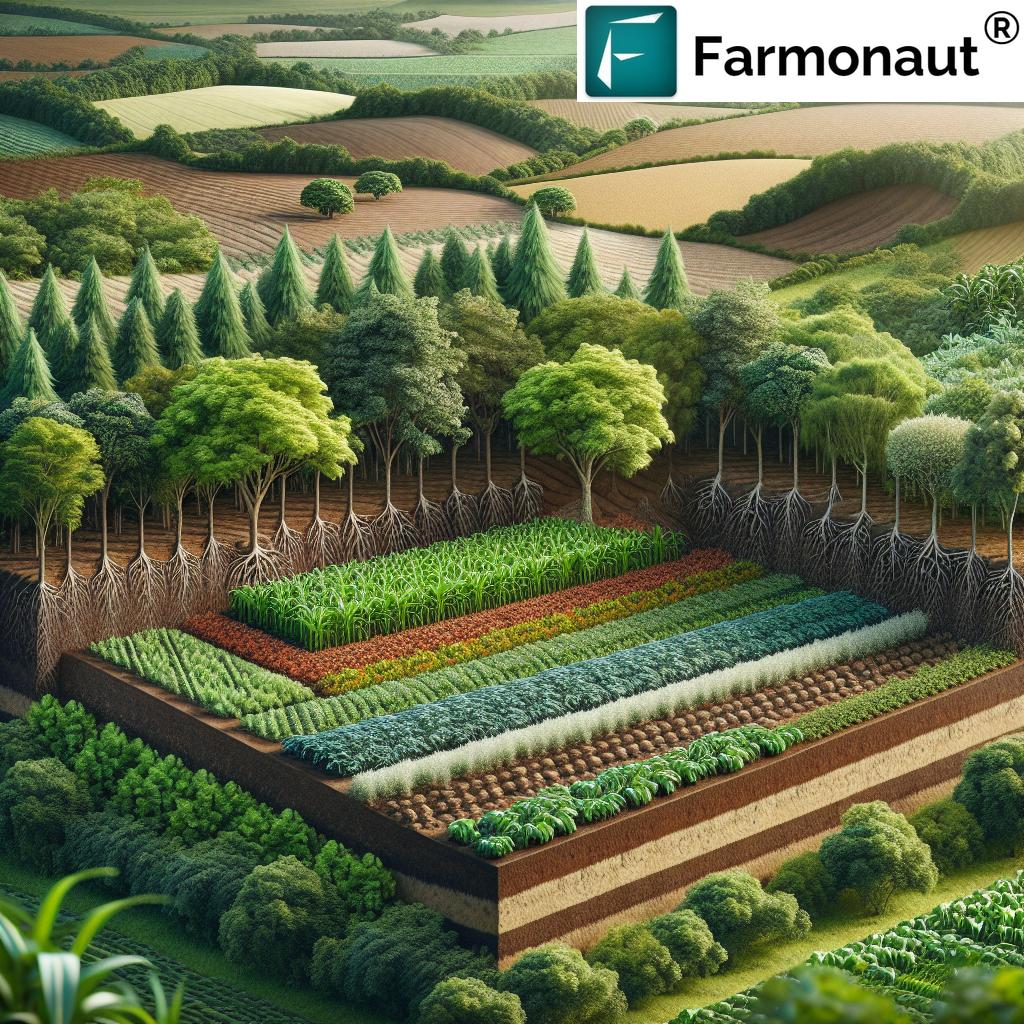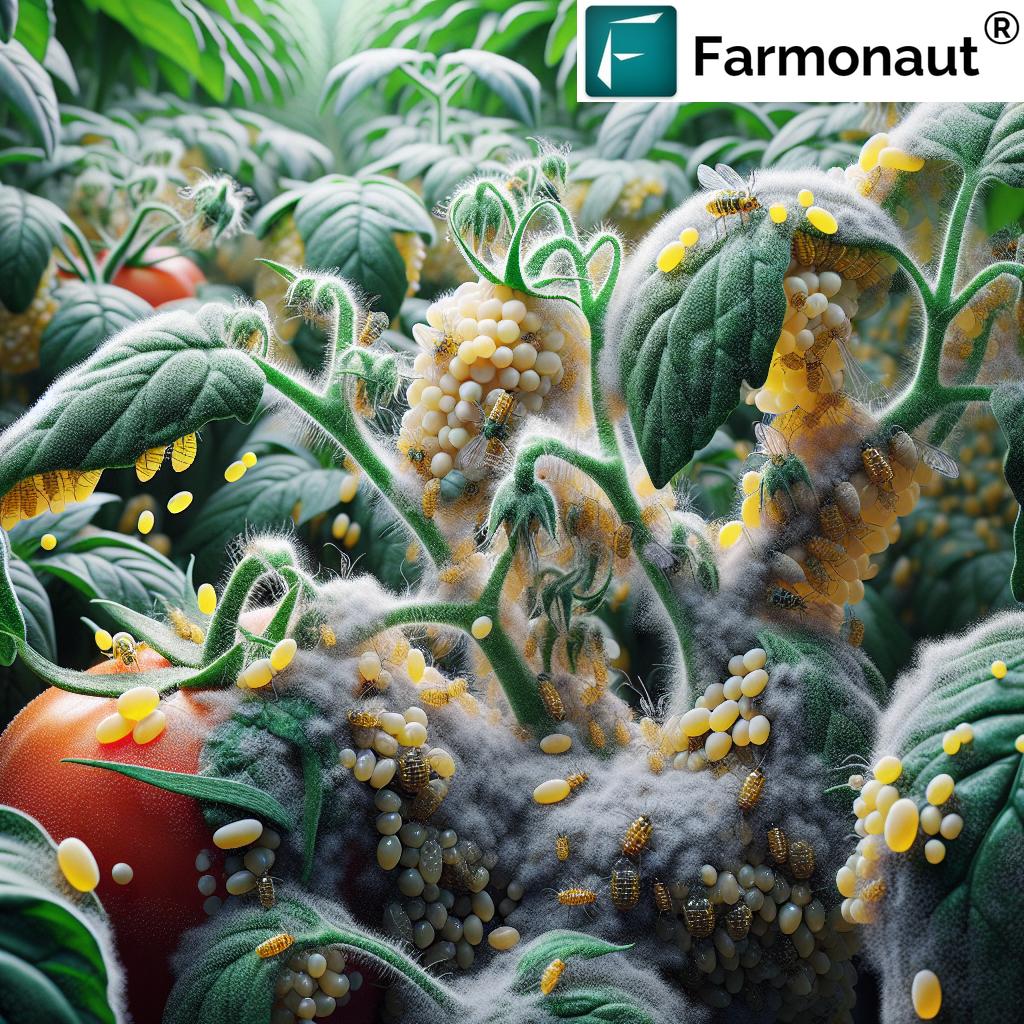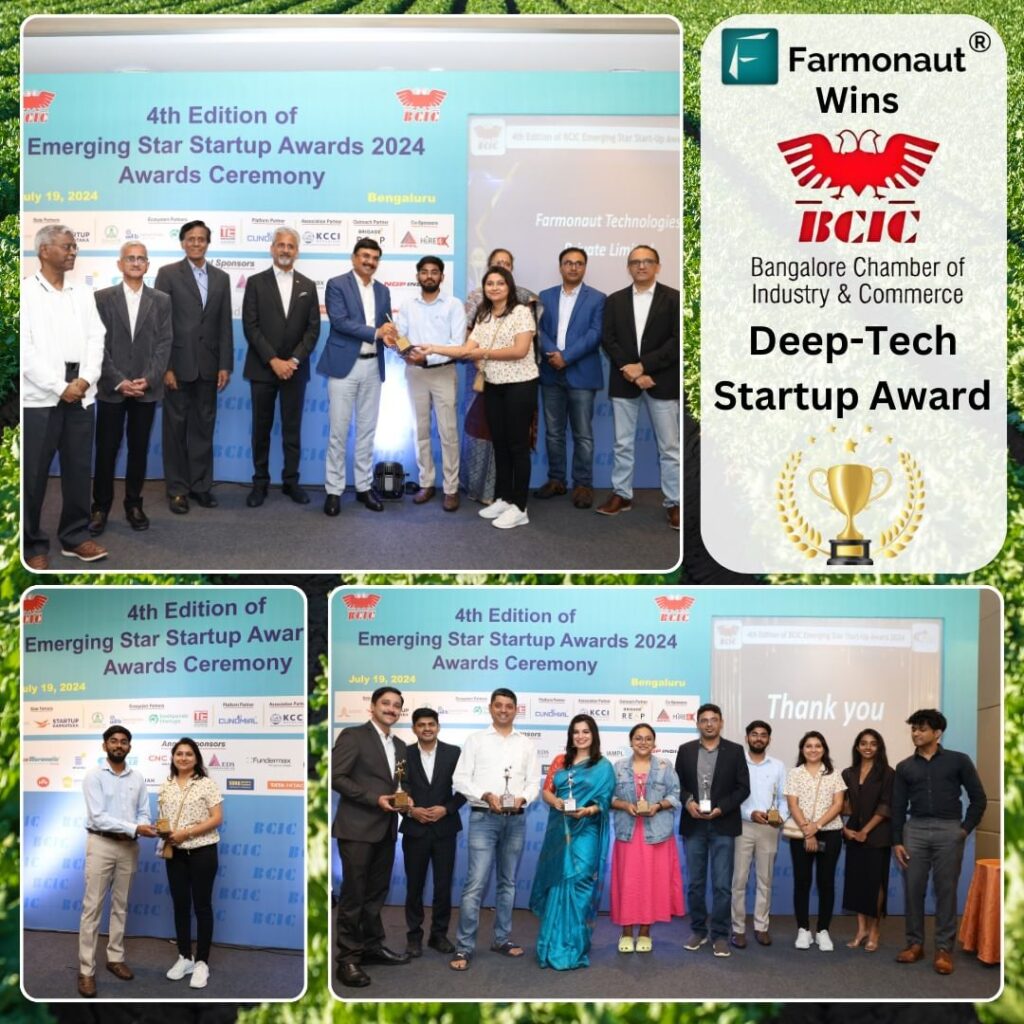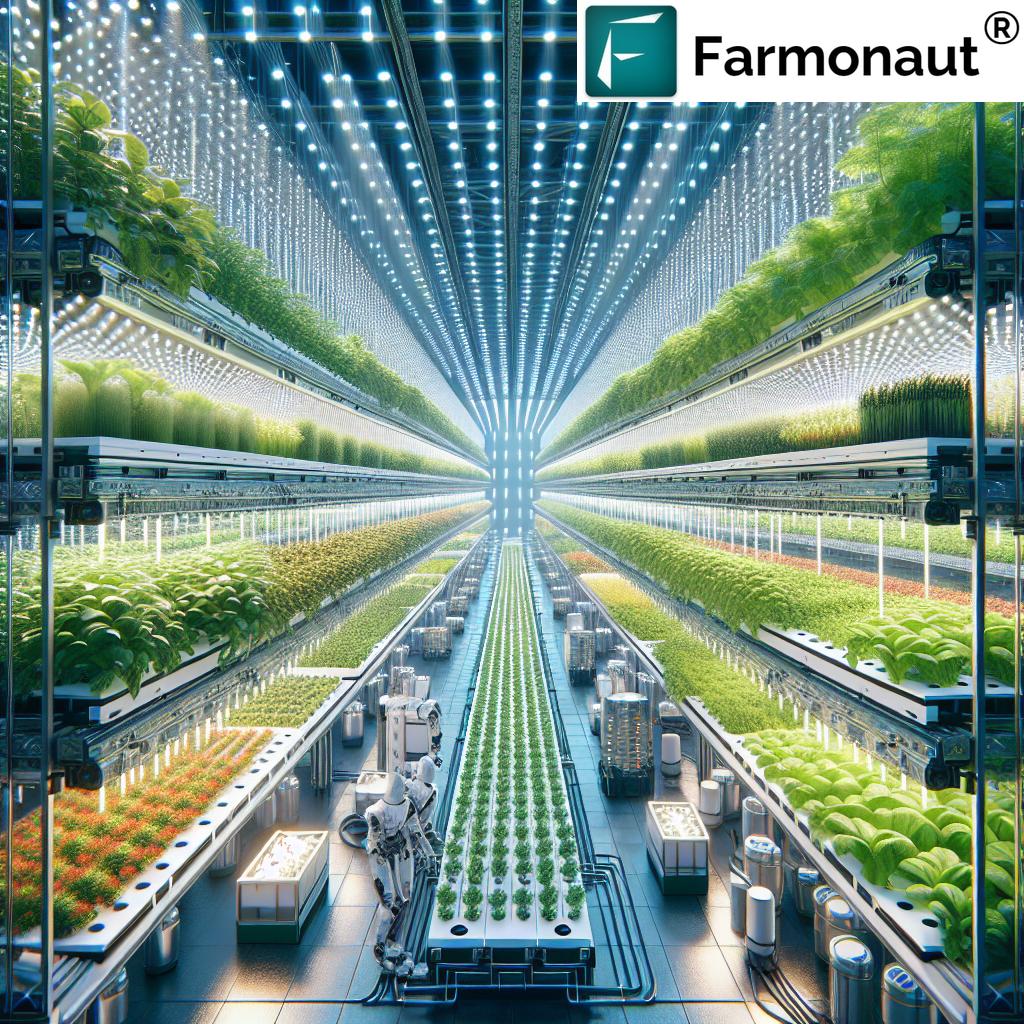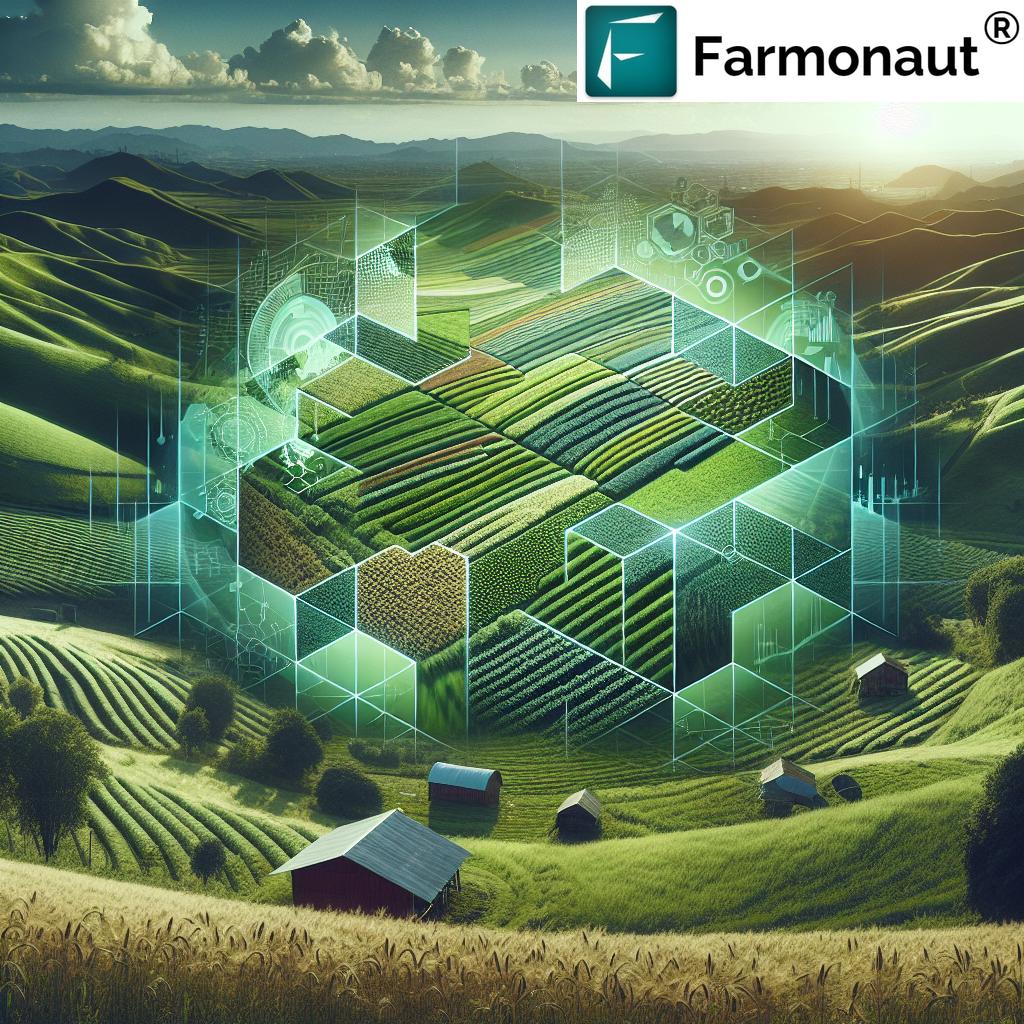Land Remediation: 7 Powerful Practices for Restoring Soils
Understanding Land Degradation: The First Step to Restoring Soils
Land degradation is a global challenge that undermines agricultural productivity, food security, and ecosystem stability. It refers to the deterioration of land quality and the loss of ecosystem services, often due to unsustainable agricultural practices, erosion, contamination, deforestation, and overexploitation.
In our journey towards restoring degraded soils, we must first recognize the forms and causes of land degradation:
- Soil Erosion: Removal of topsoil by wind or water, reducing soil fertility and organic matter content.
- Contamination: Accumulation of heavy metals, pesticides, PFAS, and other toxic substances from improper waste management or previous industrial activity.
- Loss of Soil Structure & Fertility: Over-cultivation, monocropping, overuse of chemicals, and lack of organic matter cause compaction and poor nutrient dynamics.
- Deforestation & Unsustainable Forestry: Removing trees destabilizes soils, increases runoff, and diminishes biodiversity.
- Biodiversity Loss: Replacing diverse native vegetation with single crop species disrupts the ecosystem’s natural balance, weakening resilience.
Addressing these issues through sustainable land management and innovative remediation techniques is not just essential, but urgent—especially given the increasing pressure to enhance food production and environmental stewardship.
Why Land Remediation Matters in Agriculture and Food Security
Land remediation in agriculture, farming, and forestry is about more than just increasing crop yields. It’s a process focused on restoring contaminated soils and reversing soil degradation to build a sustainable, productive, and resilient agricultural system. We improve ecosystem services and protect biodiversity, which are both critical for long-term food security, environmental sustainability, and climate regulation.
By adopting land remediation practices, we:
- Boost soil fertility and structure for sustained crop production
- Enhance the land’s carbon sequestration capacity, mitigating climate change
- Reduce soil and water contamination, protecting public health
- Restore biodiversity and build ecosystem resilience
- Ensure long-term productivity and food security for local and global communities
Farmonaut’s satellite-based precision farming tools help identify areas of soil degradation in real-time, so we can target remediation more efficiently and cost-effectively. Access the Farmonaut Platform Here for actionable insights and smarter land management.
7 Powerful Land Remediation Practices for Restoring Soils
Let’s delve into the most effective, science-backed soil degradation solutions that underpin modern land remediation in agriculture. By integrating these approaches, we can restore even the most degraded lands to productive, healthy states and secure our food future.
1. Agroforestry Practices: Nature’s Blueprint for Resilient Soil
Agroforestry benefits for soil are profound. By integrating trees, crops, and sometimes livestock within the same landscape, we create systems that mirror natural ecosystems—enhancing soil quality, productivity, and climate resilience.
- Soil Erosion Control: Dense tree and shrub roots reinforce soil structure, stabilizing it and preventing erosion by water and wind.
- Soil Fertility Enhancement: Decaying tree litter increases organic matter and recycles nutrients back to the soil, enriching the growing environment for crops.
- Biodiversity Promotion: Diverse tree and understory species foster a greater variety of beneficial organisms, supporting overall ecosystem resilience.
- Improved Microclimate: Trees reduce evaporation, buffer temperature extremes, and increase soil moisture retention—improving growth conditions.
- Livestock Integration: Incorporating livestock with trees and crops can boost organic matter through manure and create synergies for sustainable land management.
Example Strategy: Planting nitrogen-fixing trees (such as Acacia or Leucaena) in degraded lands directly increases available soil nitrogen, enhancing the fertility of adjacent crop rows and providing fodder or fuelwood as co-products. Read the full article
Our Farmonaut Crop Plantation & Forest Advisory can guide users on optimal agroforestry layouts using remote sensing to identify areas most in need of restoration.
2. Regenerative Agriculture: Building Living Soils from the Ground Up
Regenerative agriculture practices focus on restoring soil’s natural functions, rebuilding soil organic matter, and increasing biodiversity.
- No-Till or Reduced-Till Farming: Minimizing mechanical disturbance protects soil structure, encourages organic matter retention, and helps sequester carbon.
- Cover Cropping: Growing cover crops during off-seasons shields the soil from erosion, fixes nitrogen (with legumes), and increases soil carbon content.
- Composting & Mulching: Regularly adding compost and mulch boosts beneficial microbial activity and improves soil water retention.
- Rotational Cropping & Diversification: Rotating diverse crops disrupts pest and disease cycles, replenishes nutrients, and builds resilience.
- Integrating Livestock: Managed grazing recycles organic matter, reduces weed pressure, and maintains soil health when balanced correctly.
According to scientific studies, adopting regenerative techniques such as no-till can significantly increase soil carbon content and overall soil health over time.
With Farmonaut’s real-time soil health monitoring, we can track the impact of regenerative practices season by season. For advanced ecosystem monitoring and yield estimation, discover our Large-scale Farm Management Tools.
3. Bioremediation Techniques: Harnessing Nature to Clean Contaminated Soils
Bioremediation of agricultural land employs living organisms to detoxify polluted or contaminated soils. These methods are particularly effective for sites with pesticide, metal, oil, or chemical accumulation. Leading bioremediation techniques include:
- Phytoremediation: Using specific plants to absorb, degrade, or immobilize toxic pollutants from the soil. For example, sunflowers can extract heavy metals; PFAS can be reduced with select species—see this study.
- Microbial Remediation: Microorganisms (bacteria, fungi) break down organic and inorganic contaminants, rendering them inert or less harmful.
- Mycoremediation: Fungi-based systems degrade stubborn pollutants, enhance organic matter, and restore microbiological diversity.
Bioremediation is both cost-effective and ecologically harmonious, making it essential for restoring contaminated soils in agricultural settings.
Farmonaut’s satellite data can help us monitor bioremediation progress by detecting shifts in soil and crop health related to excess chemical presence or removal.
4. Soil Amendments: Boosting Soil Quality with Organic Matter
Soil amendments, including compost, manure, and biochar, are pivotal in improving soil fertility and structure—key for both short-term productivity and long-term sustainability.
- Organic Matter Infusion: Compost, green manure, and animal manure enrich soil with nutrients and foster microbial activity.
- Soil Structure Improvement: Amendments increase aeration, water retention, and aggregate stability—especially valuable for eroded or compacted sites.
- Enhanced Biodiversity: A lively soil microbiome stimulates nutrient cycling and natural disease resistance.
Research highlights the lasting benefits of manure and compost for eroded lands, fostering nutrient dynamics and increasing crop production (read the research here).
Farmonaut’s API and API Developer Docs help developers integrate soil health analytics to select the right locations and timing for amendments, maximizing return on investment and soil improvement.
5. Carbon Farming Techniques: Sequestering Carbon, Revitalizing Lands
Carbon farming techniques leverage agricultural practices to draw down and store atmospheric carbon dioxide within the soil. This both increases soil organic carbon content and helps offset greenhouse gas emissions, enhancing overall land resilience.
- Agroforestry: Incorporating more trees into the agricultural landscape to store carbon in perennial biomass and belowground root systems.
- No-Till & Reduced-Till: Minimizing soil disturbance maintains carbon stocks, curbs erosion, and supports beneficial organisms.
- Cover Cropping: Multi-species covers operate as “carbon pumps,” transferring carbon deep into the rhizosphere.
- Permanent Pasture: Converting marginal cropland into managed pasture can build carbon stores and diversify farm income.
Implementing carbon farming can significantly increase resilience and sustainability—and can even monetarily benefit farmers through emerging carbon credits markets. (learn more about carbon farming)
To monitor, verify, and improve your farm’s carbon footprint, explore Farmonaut’s Carbon Footprinting Solution—a powerful tool for sustainable agriculture and compliance.
6. Rotational Grazing and Livestock Integration: Regenerate Soils with Smart Management
Integrating livestock into cropping systems or rotationally grazing animals across varied pasturelands is an effective way to boost organic matter content, stimulate soil biology, and recycle nutrients.
- Enhanced Nutrient Cycling: Grazing animals deposit manure, adding nutrients and accelerating organic matter breakdown.
- Soil Compaction Management: Properly managed herd movement allows soils to recover and rebuild aggregates, avoiding compaction.
- Biodiversity: Grazing encourages the regrowth of diverse plant species, supporting beneficial organisms underground.
- Weed and Pest Control: Livestock can help manage invasive plants and disrupt pest cycles naturally.
Farmonaut’s resource management tools help us track grazing movement, optimize herd distribution, and ensure sustainability is maintained at scale.
For corporates or cooperatives managing vast landholdings or livestock, Fleet and Resource Management solutions via Farmonaut Fleet Management deliver real-time tracking, safety, cost optimization, and operational efficiency.
7. Phytoremediation & Phytotechnologies: Targeted Plant-Based Remediation
Phytoremediation, as a subset of bioremediation, employs plants to remove, degrade, or contain soil contaminants. By identifying species adapted to hyperaccumulate or metabolize certain toxins, we can clean soils more sustainably than with mechanical approaches.
- Phytoextraction: Plants like sunflowers or Indian mustard actively pull heavy metals from the soil into their above-ground parts for safe disposal.
- Phytostabilization: Deep-rooted plants immobilize contaminants, preventing leaching or spread.
- Phytodegradation: Selected species break down organic pollutants (like petroleum hydrocarbons) into harmless substances.
Combining phytoremediation with precision satellite monitoring ensures we can track progress and enhance the efficiency of this green cleanup process.
Comparative Table: Land Remediation Practices
| Practice Name | Description | Estimated Improvement in Soil Health (%) | Timeframe for Results (Years) | Environmental Impact | Typical Application Scenarios |
|---|---|---|---|---|---|
| Agroforestry | Integrates trees, crops, and/or livestock into the same system to boost sustainability, enhance structure, and increase biodiversity. | 25-35% | 3-7 | High | Degraded croplands, eroded hillslopes, mixed-use farms |
| Regenerative Agriculture | Focuses on minimizing tillage, cover cropping, compost additions, and diversification to restore soil carbon and fertility. | 20-30% | 2-6 | High | Row crops, mixed annual/perennial farms, all climates |
| Bioremediation | Employs living plants/microorganisms to break down contaminants in polluted soils. | 30-60% | 1-3 | High | Contaminated sites, brownfields, pesticide spills |
| Soil Amendments | Adds organic/inorganic materials (manure, compost) to improve structure, nutrients, and biological activity. | 15-30% | 1-2 | Medium | Exhausted fields, nutrient-deficient soils, vegetable farms |
| Carbon Farming | Promotes carbon sequestration through no-till, agroforestry, and perennial plantings. | 20-35% | 3-10 | High | All farms aiming for climate-smart practices |
| Rotational Grazing | Integrates managed grazing to recycle nutrients, increase organic matter, and encourage plant diversity. | 10-20% | 1-3 | Medium-High | Livestock-based systems, mixed-use landscapes |
| Phytoremediation | Uses specific plants to extract or neutralize toxic chemicals from soil naturally. | 30-80% | 1-4 | High | Polluted former industrial or agricultural land |
Challenges and Considerations in Land Remediation
Despite the major benefits of land remediation, several challenges must be addressed for successful adoption:
- Economic Constraints: Initial investment in trees, organic inputs, monitoring, or new practices can be high, though paybacks accrue over time.
- Knowledge & Skills Gaps: Selecting the right remediation strategy for particular contaminants, soils, or climates often requires expert advice or digital tools.
- Policy & Institutional Support: Broader adoption of sustainable techniques depends on enabling government policies, incentives, and farmer education programs.
- Monitoring & Verification Needs: Measuring changes in soil health, carbon sequestration, or contamination removal can be challenging. Farmonaut helps bridge this gap with continuous, data-driven analytics.
- Social & Cultural Factors: Changing long-standing agricultural practices may require shifts in mindset, local leadership, and demonstration of tangible value.
By employing digital platforms for farm monitoring and resource optimization—like those provided by Farmonaut—we can reduce cost barriers and uncertainty, supporting faster, more effective remediation.
Accelerating Land Remediation with Farmonaut’s Technology
Farmonaut is revolutionizing sustainable land management through affordable, accessible technology that empowers us—farmers, agribusinesses, NGOs, and policy-makers—to restore degraded lands and boost food security globally.
-
Satellite-Based Crop & Soil Health Monitoring:
Farmonaut uses real-time multispectral imagery to detect shifts in soil moisture, organic matter, NDVI, and other key indicators—helping us pinpoint degradation and track results from remediation strategies.
Learn more: Large-scale Farm Management Platform -
AI-Powered Agricultural Advisory:
With Jeevn AI, we receive custom, context-aware advice, enabling rapid adoption of soil remediation and regenerative agriculture practices well-suited to our unique land parcels. -
Blockchain-Based Traceability:
For supply chain transparency, Farmonaut’s blockchain-based product traceability solution ensures every step of food production—especially where soil remediation or clean production is needed—can be securely audited.
See Farmonaut Traceability -
Carbon Footprinting Tool:
Farmonaut’s platform enables real-time carbon accounting and reporting, simplifying compliance with sustainability regulations and helping us access carbon markets and incentives.
More on Carbon Footprinting -
Fleet, Resource, and Insurance Management:
Plan logistics, visualize resource flows, and access crop loan and insurance verification with satellite accuracy, all designed to make large-scale or multi-site remediation sustainable and fraud-resistant.
Explore Crop Loan & Insurance Solutions
Whether we’re individual farmers seeking real-time advice, agribusinesses coordinating land restoration, or government agencies developing sustainable policies, Farmonaut offers customizable subscription models for teams of all sizes.
FAQs: Land Remediation in Agriculture
- What is land remediation in agriculture?
Land remediation in agriculture refers to restoring degraded or contaminated soils to a productive, healthy state by reversing erosion, removing pollutants, and rebuilding organic matter using sustainable techniques. - Why is land remediation important for food security?
Healthy soils are essential for growing robust crops. Remediation ensures long-term productivity, reduces contamination risks, and supports resilient food systems. - How do we choose the right remediation practices for our land?
The optimal strategy depends on specific soil conditions, contaminants present, climate, and goals. Digital farm monitoring and expert advisory (such as via Farmonaut) can provide actionable, location-specific recommendations. - Can land remediation help mitigate climate change?
Absolutely! Practices like agroforestry, carbon farming, and regenerative agriculture sequester significant amounts of carbon—helping offset emissions and stabilize our climate. - How does Farmonaut support sustainable land management?
Farmonaut provides real-time satellite data, AI-driven advisory, resource management, and carbon accounting—all to empower informed, cost-effective, and scalable land remediation efforts. - Where can I access Farmonaut’s tools and services?
Access the Farmonaut App (All Platforms) - Is bioremediation safe for crops and the environment?
Yes, when properly managed, bioremediation uses natural organisms to clean soil without introducing harmful residues, supporting biodiversity and crop safety. Always consult regional experts or utilize precision tools to select the right approach.
Conclusion: Towards Sustainable Land Stewardship
Land remediation in agriculture is not merely an option—it is a necessity as we confront soil degradation, climate change, and the demand for higher food yields. By adopting a blend of agroforestry, regenerative agriculture, bioremediation, soil amendments, and carbon farming, we can restore lands, revitalize soils, and secure long-term food security—all while safeguarding biodiversity and ecosystem integrity.
Integrated, data-driven solutions like those from Farmonaut enable us to monitor progress, optimize strategies, and ensure sustainable, profitable, and resilient farming systems worldwide. Through continuous research, knowledge exchange, and smart technology, we can collectively address today’s most pressing soil and land management challenges, ensuring a healthy, productive planet for generations to come.


